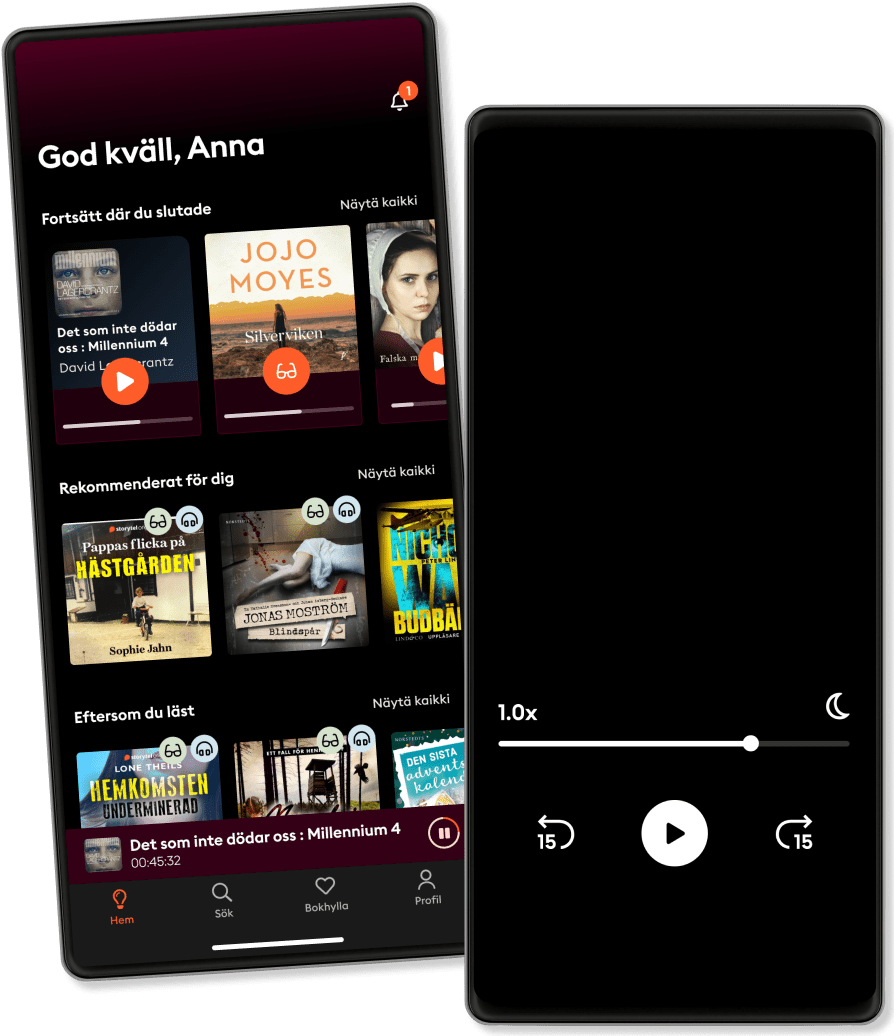الاستماع والقراءة
خطوة إلى عالم لا حدود له من القصص
- اقرأ واستمع إلى ما تريده
- أكثر من مليون عنوان
- العناوين الحصرية + أصول القصة
- 7 الشهر يورو في EGP89 يوم تجربة مجانية، ثم
- من السهل الإلغاء في أي وقت

How Comics Are Made: A Visual History from the Drawing Board to the Printed Page
- بواسطة
- الناشر
- اللغة
- اللغة الإنجليزية
- Format
- الفئة
كتب واقعية
“No one, before now, has written a history of the comic strip as a technological artifact—not, at least, in such depth, and on such a sound foundation of research.” – Michael Chabon, author, The Amazing Adventures of Kavalier & Clay
If you love comics, you’ll love this visual history of comic strips featuring all of the methods, techniques, and wizardry that made the funny pages such an important staple of American life. Featuring interviews with dozens of the century's most famous cartoonists and hundreds of rare archival images.
How Comics Are Made covers the entire history of newspaper comics from a unique angle—how they were made and printed. This book combines years of research and dozens of interviews with cartoonists, historians, and production people to tell the story of how a comic starts with an artist’s hand and makes it way through transformations into print and onto a digital screen. You’ll see reproductions of art and artifacts that have never appeared in print anywhere, and some historic comics will appear for the first time ever in any medium in this book. And you’ll find out about metal etching, Dragon’s Blood (a real thing), flong (also a real thing), and the massively, almost impossibly complicated path that original artwork took to get onto newsprint in the days of metal relief printing.
The book is divided by time and transitions, from the start of consistently appearing daily and weekly comics in newspapers:
The Early Days: • From the Yellow Kid in the 1890s to the 1910s Syndication in Metal: • When it became affordable to make hundreds or thousands of copies of daily strips to send around the country (or world), from the 1910s to 1970s Flatland: • Newspapers’ switch from relief to flat printing and the shift to purely photographic transformations from the 1950s to the 1980s Pixel Perfect: • The transition from photographic to digital, from scanning to digital creation, from the 1970s to 2000s and through the present day Webcomics and Beyond: • Look, ma, no ink! Digital comics read online and sometimes put on press to make books
Each section features interviews with artists, reproductions of original cartoon art, printing and coloring artifacts, and the way cartoons appeared in print—or on screen.
© 2025 Andrews McMeel Publishing (كتاب ): 9798881604462
تاريخ الإصدار
كتاب : ٣ يونيو ٢٠٢٥
الوسوم
- فقط اصمت وافعلها!: كيف تبدأ وتستمر براين تريسي
4.1
- ملخص كتاب كيف تتحدث مع أي شخص 92 خدعة صغيرة: اثنتان وتسعون خدعة صغيرة، لنجاح كبير في العلاقات ليل لاوندز
3.5
- أسطورة أحمد خالد توفيق - E01 خلف جابر
4.4
- المطارد حسن الجندي
4.5
- أوراق شمعون المصري الموسم الأول أسامة عبد الرءوف الشاذلي
4.6
- أرض زيكولا عمرو عبدالحميد
4.1
- بضع ساعات في يوم ما محمد صادق
2.7
- القيصر: التاريخ السري لفلاديمير بوتين طاهر المعتز بالله
4.5
- Imbaba line: Social comedy novel Nani Abu Rawash
2.8
- فن الكلام د. إيهاب فكري
4.1
- فاتتني صلاة (الإصدار الصوتي الثاني) إسلام جمال
4.8
- فن اللامبالاة: لعيش حياة تخالف المألوف مارك مانسون
4.3
- أوراق شمعون المصري الموسم الثاني أسامة عبد الرءوف الشاذلي
4.6
- ملخص كتاب الذكاء العاطفي ترافيس برادبيري
3.5
- العادات الذرية جيمس كلير
4.5
ما مميزات اشتراك Storytel؟
أكثر من 200000 عنوان
وضع الأطفال (بيئة آمنة للأطفال)
تنزيل الكتب للوصول إليها دون الاتصال بالإنترنت
الإلغاء في أي وقت
شهري
قصص لكل المناسبات.
حساب واحد
حساب بلا حدود
1 حساب
استماع بلا حدود
إلغاء في أي وقت
سنويا
قصص لكل المناسبات.
حساب واحد
حساب بلا حدود
1 حساب
استماع بلا حدود
إلغاء في أي وقت
6 أشهر
قصص لكل المناسبات.
حساب واحد
حساب بلا حدود
1 حساب
استماع بلا حدود
إلغاء في أي وقت
عربي
مصر